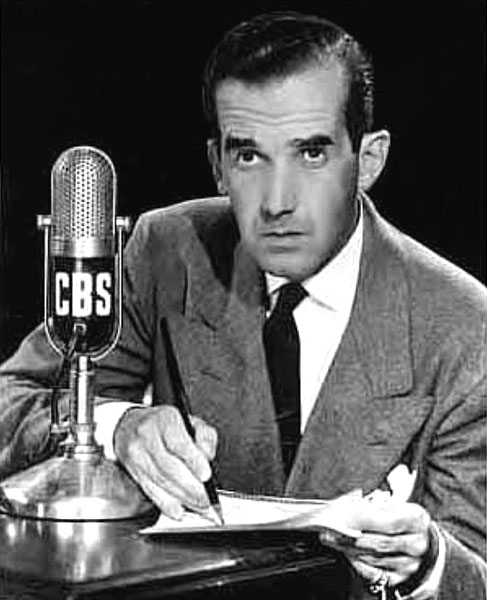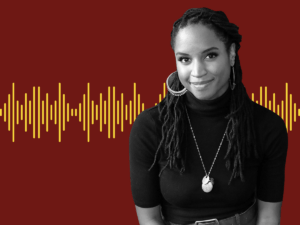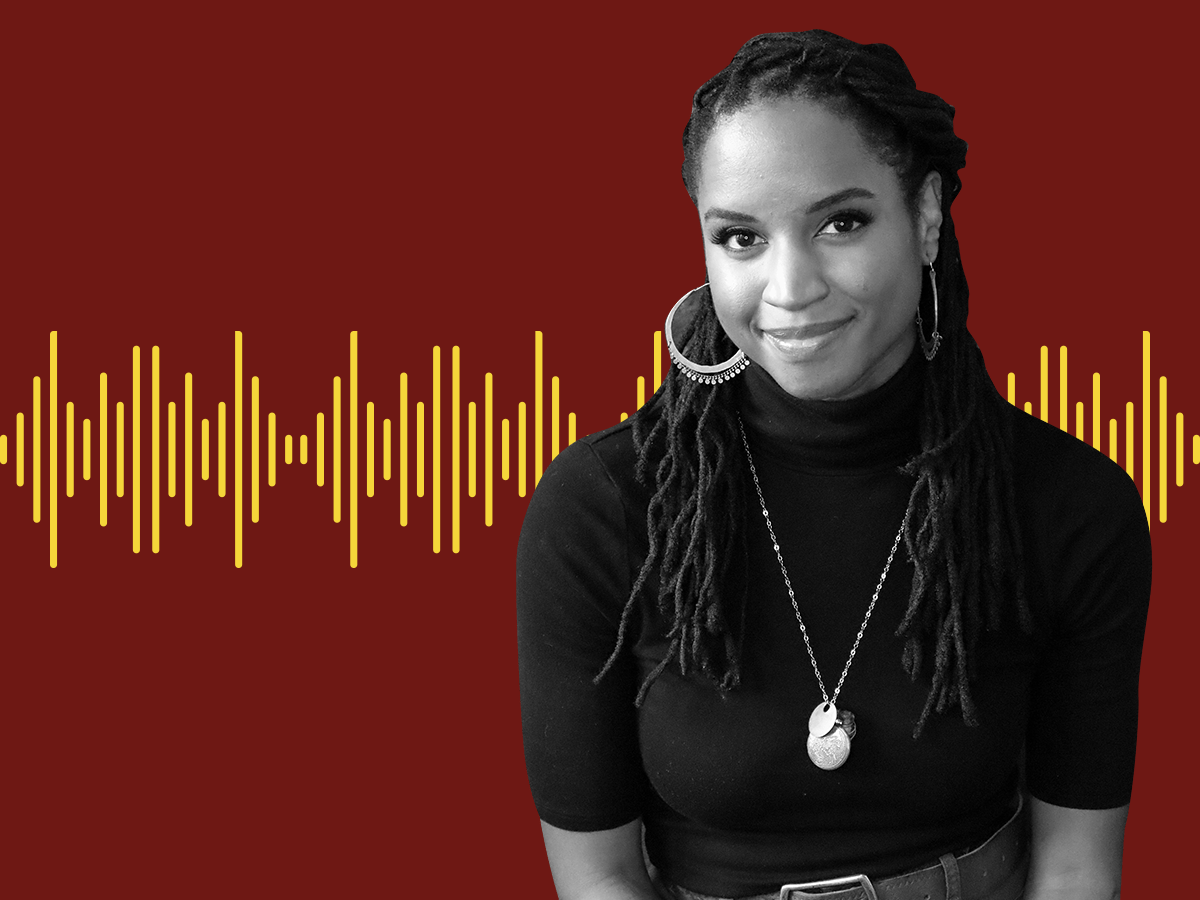
May 22, 2019; The Nation
How do we tell the story of the climate crisis in a way that forces people to confront the problem and take action?
That’s a challenge that several major news organizations have accepted this week as they launched Covering Climate Now, a collaborative project “to dramatically improve how the media as a whole covers the climate crisis and its solutions.” Partners include The Nation, The Guardian, the Columbia Journalism Review, and the Schumann Media Center.
Bill Moyers, winner of 37 Emmys, nine Peabodys, and the Lifetime Achievement Award from the National Academy of Television, is president of the Schumann Media Center and spoke at Covering Climate Now’s launch. He compared the early coverage of the climate crisis to the early coverage of World War II, when media moguls were reluctant to cover Hitler’s march across Europe because their audiences preferred happier stories.
“They struggled to get the attention of an American public back home exhausted and drained by the Great Depression,” said Moyers, but courageous journalists like Edward R. Murrow refused to minimize the catastrophe for their comfort and broke the story of Hitler’s conquest of Poland for CBS. At the launch, Moyers asked, what would happen if we covered the climate now like Murrow covered World War II back then?
Our timeline is much shorter, to be sure; Hitler overtook Poland in 1939, and the US joined the war in 1941. Moyers admitted that he first heard about climate change in 1965, when he was working on domestic policy for Lyndon Johnson. “We failed the moment,” he said, when journalists allowed Vietnam and other crises to squeeze climate news off the front page.
Corinne Segal, a senior editor at Lit Hub, attended the launch and described concern about “climate change as a story, the only one that really matters, and how we tell it.”
Sign up for our free newsletters
Subscribe to NPQ's newsletters to have our top stories delivered directly to your inbox.
By signing up, you agree to our privacy policy and terms of use, and to receive messages from NPQ and our partners.
Covering Climate Now already entails more than a general consensus about the importance of this issue. The Columbia Journalism Review has committed to specific supports, including resource guides, rapid response teams to aid other newsrooms, scientific resources, and reporting on other outlets’ coverage of the crisis. NPQ covered earlier this week how the Guardian updated its style guide to be clearer about the level of danger. Segal outlined some strategies surfaced by panelists at the launch:
Address climate change in the present tense, as something that is happening instead of something that will happen. Center the communities that are already feeling the impacts of global warming. Pay attention to the younger readers that are most vocal about this. Partner with other newsrooms, including international newsrooms who have been leaders in climate coverage.
Lots of smaller newsrooms in the US, particularly nonprofit outlets and those led by indigenous groups and other people of color, have been talking about climate change in appropriately alarming terms and engaging in partnerships to increase coverage. Those might be good places to look for some leadership in this effort.
Segal quoted Washington Post columnist and panelist Margaret Sullivan on journalists’ need to be more aware of these efforts and stop avoiding journalism that is values-led. Sullivan said that journalists “don’t feel comfortable generally being advocates,” but essentially told the journalists present to get over it where climate crisis is concerned.
The plan is for those journalists to have major support. Moyers announced that the Schumann Foundation is in the process of winding down, having planned to spend all their assets in the family’s lifetime, but “One of our last major gifts will be a million dollars to launch the Covering Climate Now project…and to get the project through the first year. Other foundations and individual philanthropists will then have to step up to the challenge, and I believe they will.”
There are some questions still in the air. Will that support Moyers envisions materialize? The Guardian already covers the climate crisis pretty clearly; for this to work, other organizations that have tried to “balance” coverage with climate “skeptics” will have to stop doing that and sign on to a form of journalism that might feel like breaking the rules. Will the public respond, or will this push more people away from reading major outlets’ work? And if that philanthropic support does materialize, how much of it, if any, will go to outlets that aren’t considered “major” media networks but that have been engaging in responsible climate coverage? Will the organizations hoping to change look to them for leadership?
Moyers admitted this won’t be easy. “Some of you will go to Washington, to report on the madness—yes, I said madness—of a US government that scorns reality as fake news, denies the truths of nature, and embraces a theocratic theology that welcomes catastrophe as a sign of the returning Messiah,” he admitted, while others will brave bulldozers in Brazil. But the level of importance demands that journalists rise to the challenge.—Erin Rubin












